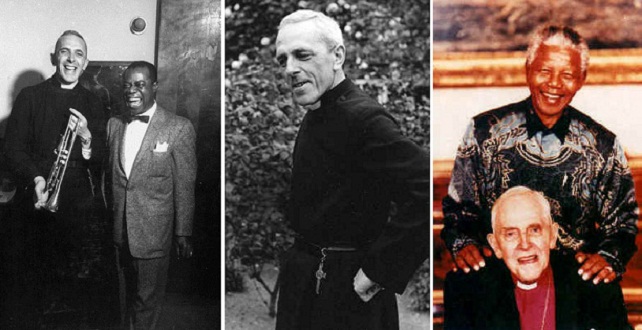To weaponize metaphors.. thoughts as clothes, clothes as thoughts
Monday, May 13th, 2019[ by Charles Cameron — if i may be a bit presumptuous, language is a topic for the wise — in this case, how language can be used as a knife ]
.
I was reading a Vice News piece, Leaked chats show white nationalist group’s plot to infiltrate Turning Point, and was struck by the phrase “weaponize metaphors” in the paragraph:
Part of Identity Evropa’s strategy now relies on its ability to weaponize metaphors to make their white nationalism seem more acceptable, like referring to “European heritage” — which white nationalist often use as a euphemism to mean “white” — or seizing on mainstream conservative issues like immigration.
I frankly don’t see”metaphor” and “euphemism” as equivalents, but at least we’re looking at the language used to convey a political stance, albeit an abhorrent one.
**
Semioticians won’t be surprised to see that clothes can also be a mode of signalling — of conveying meaning — every bit as much as verbal language. In fact, to paraphrase my title, we can see here that thoughts can be viewed as clothes, clothes as thoughts.. Indeed, in the paragraph immediately before the one I just quoted, we read:
According to the leaked Slack chats, about 200 members were expected to attend a secret Identity Evropa conference in Kentucky last weekend. Consistent with their brand overall, the event had a fairly strict dress code: Attendees were urged to wear “dress slacks or chinos” — no jeans. Some attendees fretted about whether they had enough time to get their suits dry-cleaned.
Clothes as thoughts, thoughts as clothes..
**
Speaking of semioticians — Charles Sanders Peirce, the father of semiotics, coined the phrase “the play of musement” which I’ve been toying with recently. Here’s a play, a musement of my own:
There’s the music of the spheres, around and within us.
Then there’s the boundary layer, the troposphere, the ozone layer, the stratosphere, the mesosphere, the thermosphere, the exosphere and so forth, space, deep space, and deep deep space —
or if you’ll believe the brilliant jazz comedian Lord Buckley riffing on Albert Einstein — we should also add “the zonesphere, and the vautisphere, and the routesphere, and the hippisphere, and the flippisphere, and the zippisphere, and the gonesphere, and the way-gonesphere” — hey, the “way-gonesphere” has a distinctly Prajnaparamita feel to it, no? —
or better yet, there’s the atmosphere, which includes equally both the sphere of weather out the window and the realm of emotional tensions within a room, group or event..
and what Dylan Thomas calls “the weather of the heart”..
**
But really, listen to the whole Hip Einie thing, Buckley gets into the 1905 Annalen der Physik and more:
And consider the profound beauties of the Heart Sutra with its mantra, and Dylan Thomas marvelous poem:
Prajñaparamita, Gone, gone, gone beyond, gone utterly beyond, Enlightenment hail! Dylan Thomas, A Process In The Weather Of The Heart











